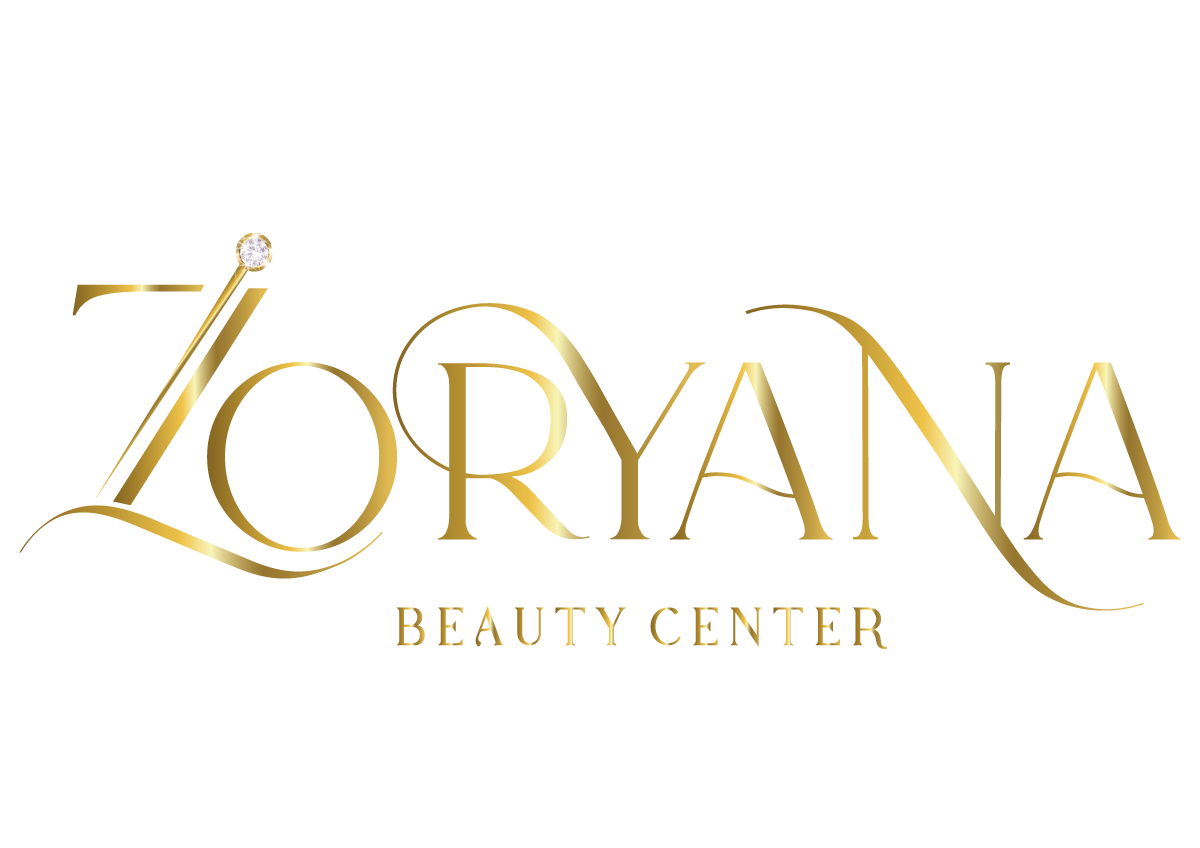Tattoo and Permanent Make Up Removal with Pico Laser

In modern aesthetic medicine, the picosecond laser is considered a real breakthrough in the field of tattoo removal.
Thanks to its ultra-short pulse duration, it provides high efficiency, minimal risk of skin damage and fast recovery. Let's consider why the picosecond laser is the best solution for those who want to get rid of unwanted tattoos. Key advantages of the picosecond laser for tattoo removal
✔️Maximum efficiency
Shorter pulse - higher peak energy. This means that the pigment is destroyed faster and more completely, especially in the case of colored or complex tattoos that were previously difficult to remove.
✔️Minimal skin damage
Picosecond technology works so precisely that it practically does not affect the surrounding tissues. This reduces the risk of burns, scars and hyperpigmentation.
✔️Fewer procedures
Compared to nanosecond or Q-switched lasers, the picosecond laser allows you to achieve the desired result faster - in 3-6 sessions (depending on the type of tattoo), which saves time and money.
✔️Fast healing
Thanks to the point effect, clients note rapid skin recovery, less swelling and redness after the procedure.
✔️Removal of multi-colored tattoos
Picosecond lasers work effectively not only with black, but also with complex pigments - blue, red, green and yellow, which were previously considered "problematic".
Picosecond laser tattoo removal is an effective method, but it has certain contraindications.The main ones are:
Absolute contraindications:
1. Pregnancy and lactation - laser procedures are not recommended due to the risks to the child. 2.Oncological diseases - active stage of cancer or oncological history without consulting an oncologist.
3.Diabetes mellitus in the decompensation stage - impaired skin healing. Epilepsy - light flashes can provoke a seizure.
4. Infectious diseases in the active phase (flu, SARS, hepatitis, HIV).
5.Tendency to keloid scars - high risk of scar formation.
6.Skin diseases in the treatment area (psoriasis, dermatitis, eczema).
7. Fresh tan or active exposure to the sun - increased risk of pigmentation.
Relative contraindications (temporary)
- Taking retinoids (e.g. isotretinoin) - you must stop taking them 6 months before the procedure.
- Taking anticoagulants - bleeding is possible.
- Fresh tattoos - the procedure is best performed after complete healing (no earlier than 6-8 weeks).
- Increased skin sensitivity or allergy to light (photodermatosis).
Skin care after tattoo removal with a picosecond laser is very important for quick healing and prevention of complications (e.g. pigmentation or scarring).
Here are the main recommendations:
1. In the first 24–48 hours:
✔️Do not touch the skin with your hands, do not rub.
✔️ If there is swelling or redness - you can apply a cold compress
✔️ can use an antiseptic (e.g. chlorhexidine).
✔️ Apply a soothing cream or ointment (e.g. Bepanten, Panthenol or Solcoseryl).
2. In the next 5–10 days:
✔️ sunlight - be sure to use SPF 50+ sunscreen even in cloudy weather.
✔️Do not visit saunas, swimming pools, solariums, gyms (to avoid overheating, sweating and infection).
✔️ Do not pick off any crusts that may appear - let them fall off on their own. - Continue to moisturize the skin 2–3 times a day.
✔️ should be loose and breathable so as not to injure the area.
3. For 1–2 months:
✔️ tanning and aggressive procedures on the treated area (peeling, scrubs, hair removal).
✔️Monitor the skin - if unusual symptoms appear (pus, severe pain, pronounced redness) - consult a doctor.
Will there be any scars left after such removal?
No, the laser does not damage the skin and surrounding tissues, but only affects the pigment. After the session, only slight redness will appear on the skin, which will go away in 1-2 hours.
How many procedures are needed?
For complete removal, approximately 3 to 8 sessions are required with an interval of at least a month. During laser treatment, the pigment is destroyed, and it is removed within 2-4 weeks after the procedure. The exact number of procedures is determined during the course. It depends on various factors: the color and composition of the pigment, density, depth and method of application, the body’s reaction, metabolism.
Is it painful to remove a tattoo?
Everyone's pain threshold is different.
For some it doesn’t hurt at all, for others it’s unpleasant, but tolerable. For those who have a low pain threshold, it is very painful.
Is it possible to remove arrows from eyelids?
Yes, any arrows are removed, including the interlash line. The procedure is also safe for the eyes; during the procedure, special protection is used - nameplates.
